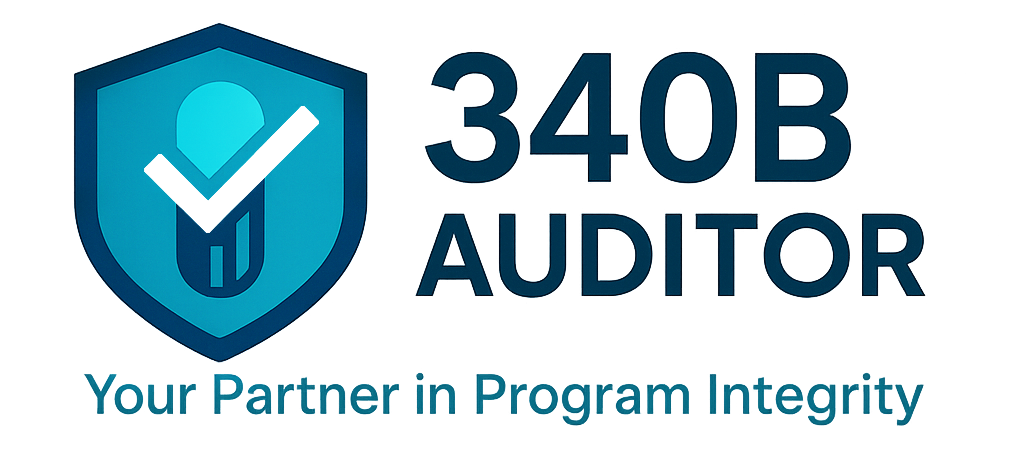What Will the 340B Program Look Like in 2030?
Navigating the Future of 340B: A Strategic Outlook for Covered Entities
The 340B Drug Pricing Program has long been a financial lifeline for safety-net providers — but its path to 2030 is paved with volatility, political friction, and operational demands. From pharmaceutical manufacturer restrictions to state-imposed compliance regimes, the business climate is shifting fast. This article outlines the forces shaping the next generation of 340B, with real-world case studies and forward-looking scenarios to help covered entities prepare.
A Program Under Pressure: The Current 340B Landscape
As of 2024, the 340B program accounts for over $148 billion in drug purchases at list price, with more than $68 billion in estimated savings realized through manufacturer discounts. These savings help FQHCs, Ryan White clinics, hospitals, and other covered entities fund vital services for uninsured and underinsured patients.
However, that growth has drawn scrutiny. Pharmaceutical manufacturers argue that the program has outgrown its original intent, with some claiming profits are increasingly diverted to large pharmacy chains and third-party administrators. These concerns have fueled a wave of contract pharmacy restrictions and data demands, setting off legal battles and state-level countermeasures.
Manufacturer Restrictions and the Contract Pharmacy Clampdown
Since 2020, multiple drug manufacturers have unilaterally restricted access to 340B pricing at contract pharmacies, citing a lack of transparency and duplicate discount concerns. These restrictions vary: some limit the number of pharmacies per covered entity; others demand extensive claims data to validate 340B eligibility.
Court rulings have been mixed. Some upheld manufacturers’ rights to limit distribution; others sided with HRSA and providers. In 2024, the D.C. Circuit ruled in favor of Novartis, stating that manufacturers can impose “reasonable distribution conditions” on 340B drugs. Yet, at the state level, providers are pushing back — and winning.
More than 30 states have passed or proposed laws to prohibit manufacturer discrimination against 340B contract pharmacies. Notably, the 8th Circuit Court of Appeals upheld Arkansas’s law protecting these pharmacies, prompting several manufacturers to suspend their restrictions in that state.
Still, the conflict is far from resolved. By 2030, contract pharmacy access could be standardized federally, severely restricted, or replaced with a rebate-based model — each of which would carry significant operational implications for covered entities.
Medicaid Tightening: The Kentucky Cautionary Tale
Amid rising scrutiny, states are asserting their power to control 340B administration. Case in point: Kentucky’s Department for Medicaid Services (DMS) is implementing one of the strictest 340B compliance regimes in the country.
Beginning July 1, 2025, covered entities and TPAs must submit precise quarterly data on 340B Medicaid claims — with only one resubmission allowed per quarter. Miss the deadline, misname a file, or make a second error? You’re excluded from 340B participation for that quarter, and claims will be rebated to the Department for Medicaid Services.
At 340B Auditor, we've helped covered entities in Kentucky navigate this chaotic rollout — and we’ve seen firsthand how high the stakes are. Even well-resourced clinics are scrambling to meet the administrative lift, risking major losses from small compliance errors. If other states adopt Kentucky’s model (and some are), covered entities nationwide should brace for similar documentation burdens.
Medicare Drug Negotiation & the Rise of MFPs
Beginning in 2026, the Inflation Reduction Act (IRA) authorizes Medicare to negotiate prices for high-expenditure drugs. The first 10 drugs — including Eliquis, Enbrel, Entresto, Imbruvica, and Januvia — have already had their Maximum Fair Prices (MFPs) published.
For example:
Eliquis (Apixaban): Medicare's 30-day negotiated price drops to $225–$250, a 30–50% cut from current list prices.
Imbruvica (Ibrutinib): Will see a similar price suppression, reducing 340B acquisition margins.
Farxiga, Januvia, and Enbrel: All slated for deep price reductions under the MFP framework .
This means that 340B savings margins could narrow, especially on blockbuster drugs. Lower list prices mean lower ceiling prices, and if reimbursement rates fall in tandem, the net benefit to covered entities could decline. While the full downstream effect will take years to stabilize, 2030 could mark a new era where value is driven by volume and efficiency, not unit-level margin.
Scenario Planning: What 2030 Could Look Like
Here are three plausible futures:
1. Stabilized and Transparent 340B
Standardized contract pharmacy data sharing
Moderate reporting requirements
Preserved access for FQHCs, Ryan White clinics, and hospitals
Covered entities that embrace compliance and invest in data systems thrive.
2. Restricted and High-Risk 340B
Drastically limited contract pharmacy use
Frequent audits and financial penalties for minor infractions
Shrinking per-prescription value due to MFN-style pricing
Only well-staffed, operationally disciplined CEs remain in the program.
3. Collaborative, Value-Based 340B
Public-private agreements link savings to measurable patient outcomes
Manufacturers exchange broad access for real-time data
Transparent reporting rebuilds trust in the program
340B becomes a visible engine for health equity, not a black box.
Conclusion: 340B Isn't Going Anywhere — But It Won't Be Easy
By 2030, the 340B program will likely remain intact in statute, but its structure, ease of access, and margin potential will look very different. Covered entities should prepare now for:
Tighter state and federal oversight
Lower drug margins due to negotiated Medicare prices
Administrative complexity rivaling full-scale revenue cycle operations
Compliance isn’t just a box to check — it’s a survival strategy
340B Auditor stands ready to guide covered entities through this evolving landscape, from program compliance and enforcement to national pricing policy adaptation. If your organization depends on 340B savings to serve your community, it’s time to invest in the infrastructure that will carry you into the next era.
